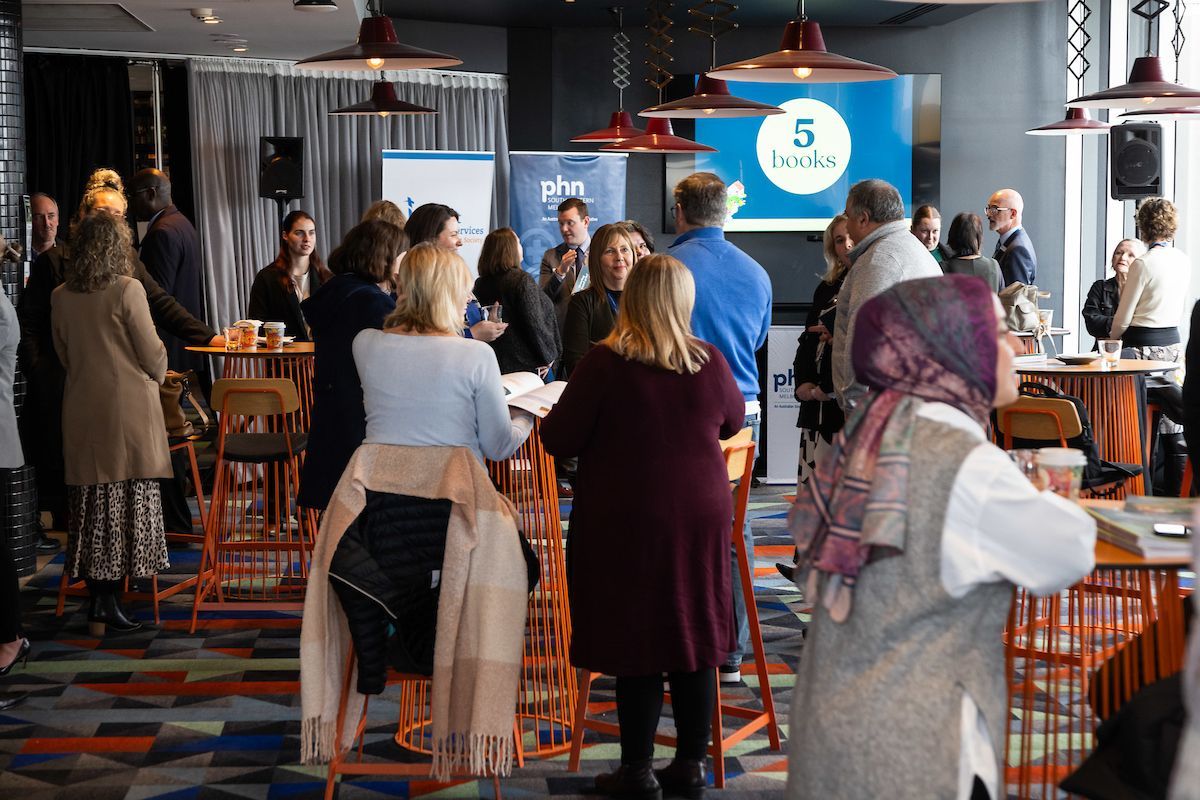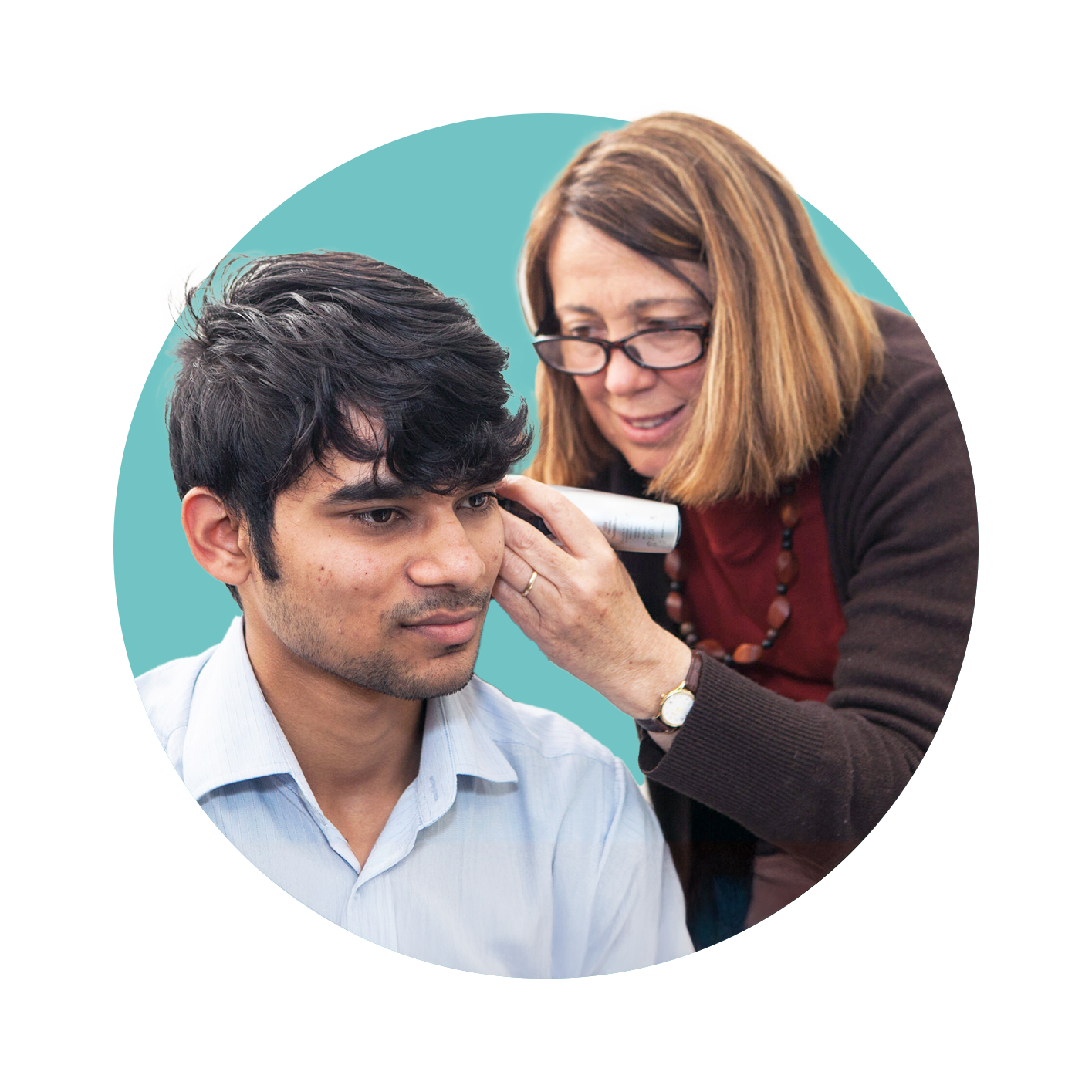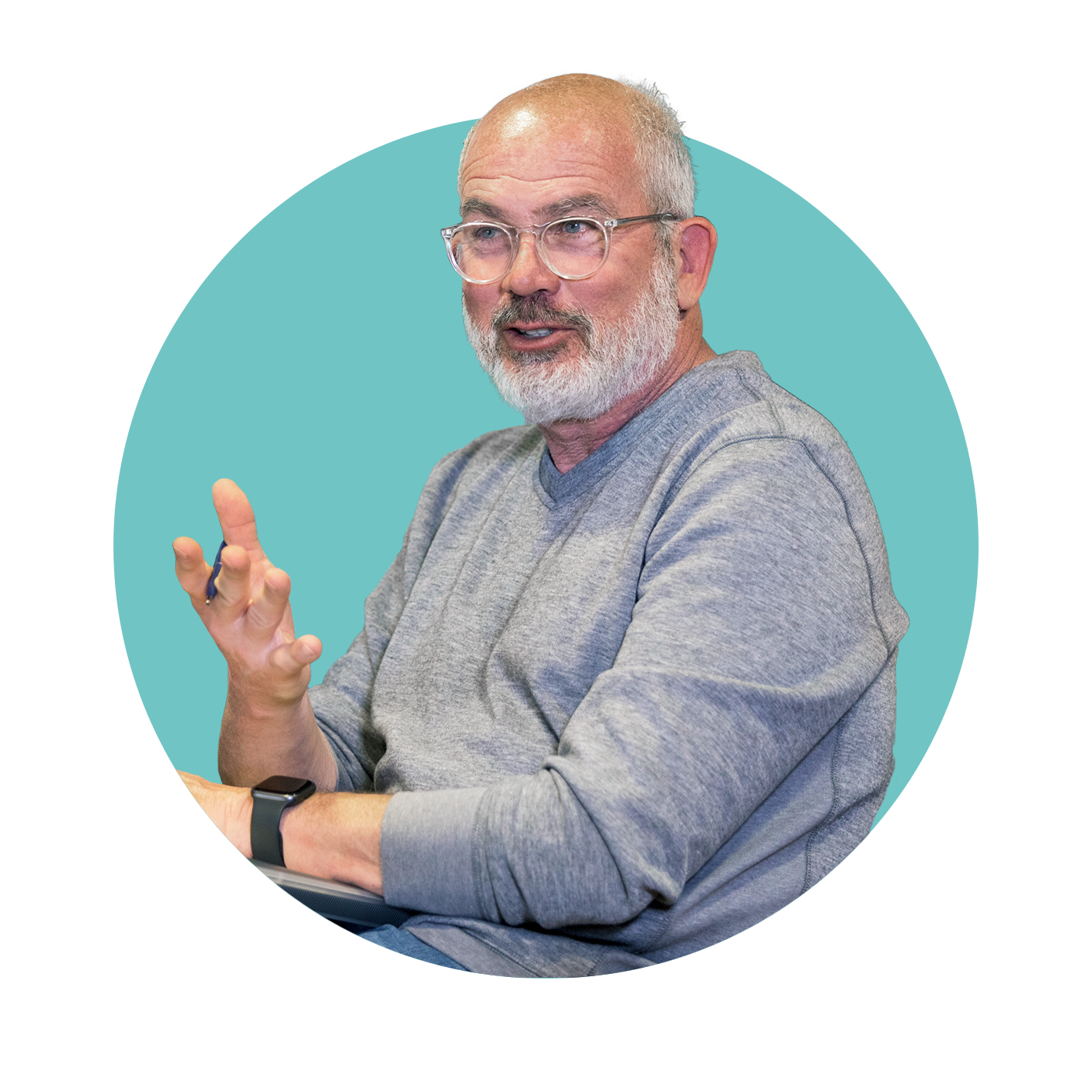Regional Suicide Prevention Response Collaborative
SEMPHN is committed to reducing rates of suicide and suicide attempts across South Eastern Melbourne.
Content warning: This story contains content about suicide.
Related Tags

Victoria-wide, suicide rates have increased from 2022 to 2023, with data from the Australian Institute of Health and Welfare indicating that this upward trend is likely to continue into 2024-2025, based on the most recent year-to-date report.
Not everyone who experiences suicidality or dies by suicide has experienced mental ill health, rather the causes that lead to suicidal distress are multifactorial and strongly linked to broader social determinants of health and wellbeing.
Due to this complexity, a one-size-fits-all approach to suicide prevention is not suitable and requires a regional, community led systems-based approach to Suicide Prevention.¹
The causes of suicide, as well as resources and services required to prevent suicide, are unique for each region and community.
Great work within services and community activities is often conducted in siloes, and unknown in the broader workforce.
A Community Action Plan to help reduce suicide rates across the region
This year, SEMPHN’s Suicide Prevention team initiated the development and coordination of a network of community and workforce partnerships to support the delivery of interventions using co-design principles with the aim of building meaningful, long-lasting and importantly – sustainable partnerships.
The partnership – known as the Regional Suicide Prevention Response Collaborative - is working towards a Community Action Plan to support the reduction of suicide rates across the region.
Aligning with our strategic pillars of Innovation and System Reform and Consumer Focused Healthcare – the Collaborative’s commitment to suicide prevention and recovery, will contribute to the plan which aims to reduce suicide rates across the region and support the service sector to work more closely together.

Industry professionals and people with lived experience joined Tim Richardson Parliamentary Secretary for Mental Health and Suicide Prevention at the 5 July 2023 launch of ‘Growing around grief’ postvention resource - tailored to support south east Melbourne individuals and communities affected by suicide and sudden loss.
A Self-Governing Workforce; and Community Owned Committee
SEMPHN’s Regional Suicide Prevention Response Collaborative is a new network of individuals from community organisations, local government, health and hospital services, education, First Nations wellbeing initiatives, and culturally and linguistically diverse (CALD) and refugee initiatives.
Subject matter experts are invited to speak about their work and contribute to projects as needed, and members include people with lived experience – generously sharing their knowledge about suicide prevention activities and program delivery within the region.
This shared knowledge will be the key to success of the Collaborative.
The founding of a Collaborative
SEMPHN leads multiple initiatives to build capacity across the health system and in local communities. One of these includes partnering with the Black Dog Institute to deliver suicide prevention training to the regional workforce.
This year, twenty local community workforce members, working in suicide prevention support areas, were invited to attend a six-module face-to-face program, delivered by the Black Dog Institute, over 6 months.
Setting the scene for the aims and objectives of the Collaborative – the program strengthened the coordination and visibility of suicide prevention activities in the region and nurtured an organic collaboration within the group.
Its workforce members looked to identify new and emerging needs to improve pathways to services and activities to support community members, and to build capacity within the workforce itself.
This, in turn, will build community capability to prevent and respond to suicidal distress, in the longer term.
Driving future self-sustainability
SEMPHN has been instrumental in the facilitation of the Collaborative’s meetings, offering backbone support to the planning of meetings and engagement of key stakeholders working within suicide prevention.

Supporting our culturally and linguistically diverse communities
SEMPHN is committed to addressing the complex needs of culturally and linguistically diverse (CALD) communities in the south-eastern regions through targeted initiatives aimed at reducing suicide rates. For many in these communities, stigma around mental health and suicide remains a significant barrier, impacting the reporting and understanding of suicide within CALD groups. This stigma can sometimes lead to underreporting or misclassification of suicides as accidental deaths.
Certain CALD communities, such as refugees and asylum seekers, face unique risk factors for suicide.
Traumatic experiences and the challenging asylum process can significantly heighten suicide risk and mental health challenges. Recognising these needs, SEMPHN has partnered with Roses in the Ocean to offer TouchPoints workshops led by people with lived experience of suicide. These workshops build critical skills in suicide awareness and response within CALD communities, empowering participants to share their stories, educate their communities, and support suicide prevention efforts.
Through these sessions, community members have voiced a need for greater preventative and postvention resources, particularly for South Sudanese, Afghan, and Pacifica communities. Roses in the Ocean is addressing this need by equipping community leaders with the confidence and skills to speak about suicide prevention in culturally relevant ways, using their own language and methods that resonate with their communities.
Empowering people to save lives
The TouchPoints workshops foster essential skills to help community leaders hold space for those in distress, recognise warning signs, and connect them with appropriate support.
Attendees gain a deeper understanding of suicide’s complexity, practical tools for support, and confidence in engaging with at-risk individuals.
Workshops also dispel myths, promote fact-based understanding, and introduce sensitive language, helping to reduce stigma and encourage open conversations about mental health and suicide.
The positive feedback and high demand for these workshops reflect a growing awareness and readiness within CALD communities to address suicide and support each other in times of crisis.
Community ownership driving effective and inclusive suicide prevention strategies
A core aspect of the TouchPoints program is its focus on community ownership.
Recognising that CALD communities must feel confident in conveying their own messages about suicide prevention, the program is designed with a cultural lens, empowering participants to take ownership of the message so it resonates deeply within their communities.
This approach not only strengthens the relevance and impact of the program but also helps mainstream services become more aware of and responsive to the specific needs of these communities, leading to more effective and inclusive suicide prevention strategies.
If you or someone you know is suicidal and in need of urgent support, the following services may be able to assist you:
Emergency (in danger or worried about someone)
Emergency services: 000
Immediate support (people experiencing distress and loss)
Lifeline: 13 11 14
Griefline: 1300 845 745
13 Yarn: 13 9276
Deaf and/or hearing or speech impairment
National Relay Service (NRS) - access to relay officers
(voice to text/text to voice, AUSLAN to English/English to AUSLAN):
1800 555 660
References
- Program Guidance for Targeted Regional Initiatives for Suicide Prevention, Australian Government Department of Health and Aged Care, 2022.
- Suicide Prevention Australia
Fact Sheet: Suicidality among culturally and linguistically diverse communities 2021.
Up next:
Bridging the service gap between general practice and emergency department
Providing same-day appointments for urgent non-life-threatening injuries or illnesses.





